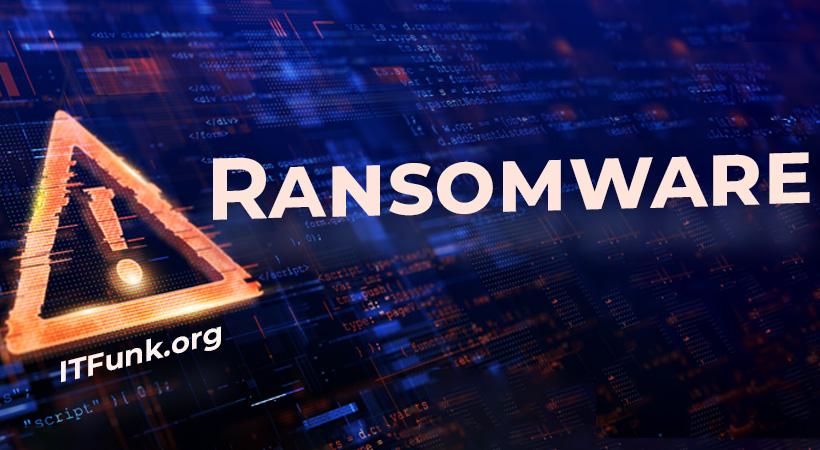In the perilous realm of cybersecurity, the emergence of ransomware remains a looming threat, with the Abyss virus standing as a prominent example. Identified by the .abyss file extension, this malicious software targets Windows operating systems, encrypting user files and demanding payment for their restoration. This article aims to delve into the actions and consequences of the Abyss virus, offering insights into its impact on user data, and providing a detailed guide for removal and preventive measures.
Abyss Virus – Details
The Abyss virus operates as a formidable ransomware variant, categorized as a cryptovirus due to its encryption capabilities. Victims of this malware find their files rendered inaccessible, appended with the .abyss extension, and are then confronted with a ransom note named readme.txt. Ignoring these demands may lead to permanent data loss.
- File Extension: .abyss
- Type: Ransomware, Cryptovirus
- Ransom Demanding Note: readme.txt
- Removal Time: 5 Minutes
The Abyss virus employs common methods to infiltrate systems, exploiting vulnerabilities in software or the operating system. Entry points for this ransomware include:
- Malicious Links and Email Attachments: Clicking on malicious links or opening compromised email attachments serve as primary vectors for the Abyss virus.
- Dubious Software Downloads: Downloading and installing software from untrustworthy or dubious websites exposes users to the risk of Abyss infection.
Actions of the Abyss Virus
Upon successfully infiltrating a system, the Abyss ransomware executes the following actions:
- Payload Embedding: The virus embeds its malicious payload into critical system folders, including %Local%, %Temp%, %Windows%, %SystemDrive%, %LocalLow%, %AppData%, %System%, and %system32%.
- Ransom Demands: Victims receive a ransom demand through a note named readme.txt, outlining the payment required for file restoration.
- Registry Modifications: The ransomware may make changes to the system’s registry keys, specifically within the Windows Run and RunOnce entries, ensuring its persistence and continuous operations.
Decrypting .abyss Files
As of now, there is no publicly available decryption tool for files encrypted by the Abyss virus. Paying the ransom is strongly discouraged, as it does not guarantee file recovery and supports criminal activities. Victims are urged to explore alternative recovery methods, such as file backups or seek professional assistance.
Best Practices for Prevention
To mitigate the risk of Abyss and similar threats, users are advised to adopt the following best practices:
- Regular Backups: Maintain regular backups of important files on external devices or secure cloud storage to facilitate data recovery in case of ransomware attacks.
- Update Software and OS: Keep operating systems and software up-to-date to patch vulnerabilities that ransomware may exploit for infiltration.
- Exercise Caution Online: Avoid clicking on suspicious links, opening unsolicited email attachments, and downloading software from untrustworthy sources.
- Security Software: Employ reputable antivirus and anti-malware solutions, ensuring they are regularly updated for real-time protection against emerging threats.
- User Awareness: Educate users on recognizing phishing attempts, social engineering tactics, and the importance of cybersecurity hygiene.
Conclusion
The Abyss ransomware poses a severe threat to user data, emphasizing the need for proactive measures in both removal and prevention. By understanding the actions and consequences of this malware and implementing best practices, users can safeguard their systems and data against the evolving landscape of ransomware attacks. Remember, prevention is key to maintaining a secure digital environment.





